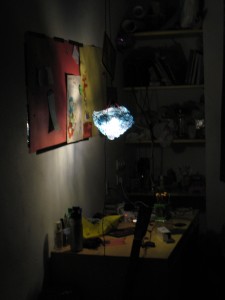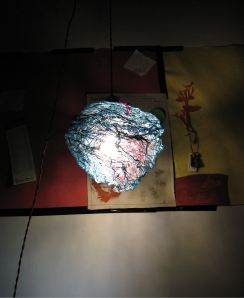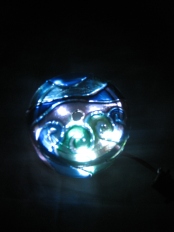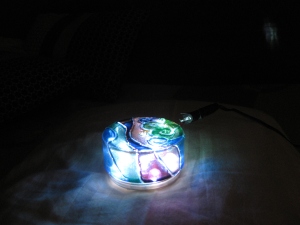Note: This is a project in progress. It was undertaken as a part of my work at Vigyan Ashram. I would be surprised if there weren’t errors in my understanding and documentation. So please be liberal with your views/opinions and mention any errors that you find.
Edit: Due to a renewed (and correct) understanding of the physical structure of how the power supplies were reaching houses/farms/workshop, we have changed our approach to this problem. I have persisted in publishing this older documentation to allow a little more (digital) space for serendipity. The problem statement, and the approach might benefit someone in an entirely different context, and allow us to learn from it.
Problem Statement:
Electricity is supplied to everyone through the power grid. However, for different usage patterns, the electricity board supplies different ‘types’ of electricity. For example, the average household would consume maximum electricity in lighting, fans, and on the higher end in washing machines and heating and cooling appliances. But it is highly unlikely that any device would consume more than 5KW. On the other hand, machines used in industries and motors used in agriculture consume over 6KW.
To account for these different usage patterns, the electricity board supplies different ‘types’ of electricity. These different types of supplies carry different power of electricity. The tariffs on theses different types also varies. Commercial and agricultural electricity, is carried in three separate lines (conducting wires). The phase of the voltage in each line varies from the next, by 120 degrees; the resultant supplied voltage is 415V . Such electricity is called three phase electricity.
Electricity supplied at individual homes, comes in only one line and it measures 230V.
Now the problem comes in an agricultural home, or in a place like Vigyan Ashram which pursues activities that fall in different electricity plans. An agricultural home runs household appliances as well as agricultural motors. So a home in a farm, would be supplied domestic as well as agricultural electricity, but at any point, the house can only consume one of these supplies. Both these supplies reach the house’s MSEB board, and the farmer has to manually switch between these two supplies. Both the electricity supplies are intermittent, and more importantly, independently intermittent. Thus sometimes a farmer is forced to run his agricultural machines on the more expensive domestic supply, simply because agricultural electricity (three phase electricity) is unavailable.
The problem then boils down to something very simple- People using single phase (domestic) electricity, often forget to change over to three phase electricity (agricultural/commercial) even when three phase electricity is available. We need to devise a system to warn people when three phase electricity is available.
Approach:
Three phase electricity can be distinguished from single phase electricity by detecting a current in at least two of the three conductors. In single phase electricity, the voltage is present in only one of the three conductors. The problem could be understood by an AND gate logic.
Given two conductors (wires from supply), A and B:
IF (A = 1) AND (B = 1),
THEN ALARM
(Where A = 1, implies current through the conductor)
As of now, instead of an Alarm, we are using a simple LED. This shall be replaced by an sound system soon.
A video of the functioning circuit can be found here.
Technical Details:
Circuit Diagram:

Circuit Description:
Voltage Rectifier and Regulator:
The voltage in the supply wires is 220V AC. This voltage must be transformed to a lower voltage so that it is suitable to be input to the NAND gate IC.
TR1 transforms the voltage to 12V AC, after which it is rectified and passed through a 7805 voltage regulator to supply a constant 5V voltage.
NAND Gate IC (HD74LS00P):
By default the input to the NAND Gate should be pulled down (to provide a logical zero). The 440K resistors are connected in parallel to the the 5V output of the voltage rectifier for this purpose. In absence of a positive voltage (no current through conductor), the input to the NAND gate will remain zero.
Components Used:
1. HD74LS00P
Quad two input NAND gate. We only use one of the four gates.
2. 7805 Voltage Regulator:
It is used to regulate the output voltage. It gives 5V DC constant voltage to the circuit. It can take input voltage up to 25V DC.



